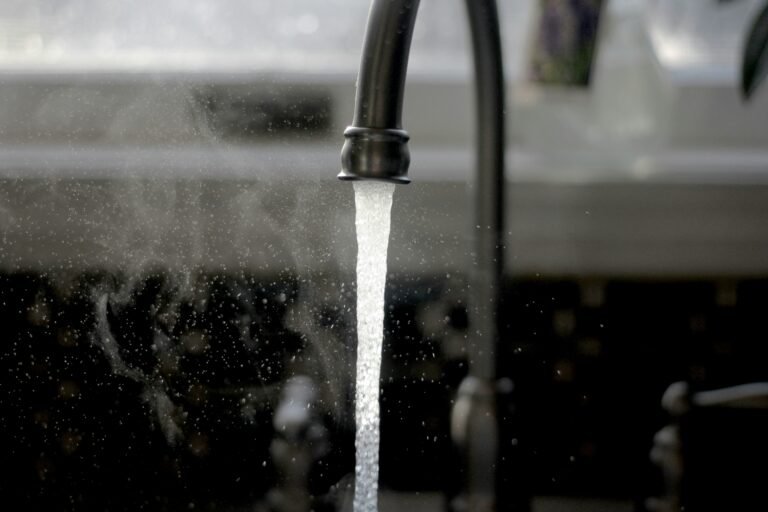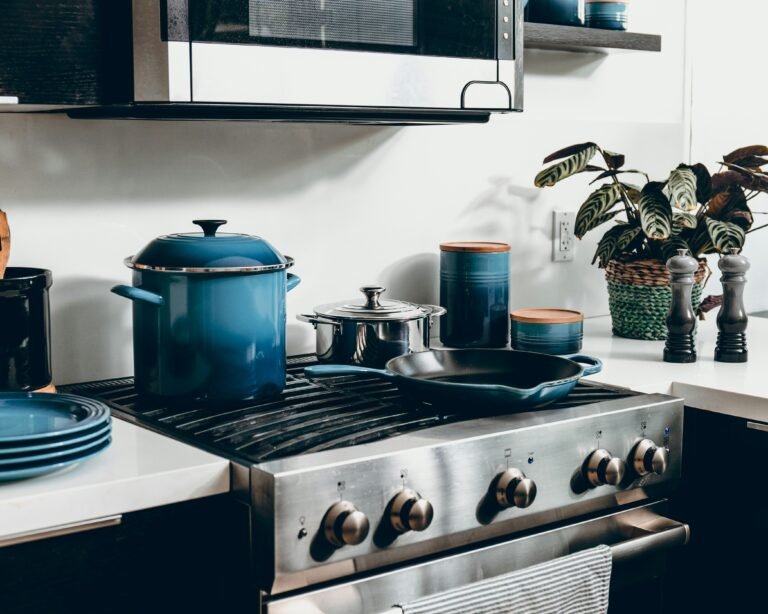Discover how smart faucets can completely change your daily routine with ease and style!
The Evolution of Faucets
The simple faucet in your home is changing fast. Experts from the National Kitchen & Bath Association report that smart faucets can lower water use by up to 30 percent. This fact shows the real benefits of new technology. Today’s faucets do more than just deliver water.
We explore smart faucets and their modern features. You will learn how they work, what makes them different, and how they improve your kitchen and bathroom. Whether you are updating your home or just curious, our guide explains it all.
Why Choose a Smart Faucet?
Smart faucets bring modern style and real benefits to your home. They offer hands-free use, cleaner water flow, and save you money by reducing waste.
Key Benefits:
- Touchless Operation: Turn on the water with a simple hand wave without touching the faucet.
- Water Conservation: Save water with eco-friendly features that work without wasting resources.
- Precision Control: Adjust the water temperature and flow easily with touch, motion, or voice.
- Smart Home Integration: Use Alexa or Google Home to control your faucet by voice.
Pro Tip: Smart faucets with motion sensors are perfect for busy kitchens or bathrooms, minimizing contact with handles and making it easier to manage tasks with messy hands.
Key Features of Smart Faucets
Smart faucets have many smart features. They work with simple motions or voice commands to give you the water you need. Here are some popular options:
1. Touchless Operation
These faucets use motion sensors to start and stop the water when you wave your hand. This feature is handy when your hands are dirty. It also helps stop the spread of germs.
Pros:
- Hands-free use.
- Limits cross-contamination in kitchens and bathrooms.
Cons:
- Some sensors can be too sensitive.
Pro Tip: Look for faucets with adjustable motion sensitivity to ensure they respond accurately to your hand movements.
2. Voice Activation
You can control some smart faucets with your voice via assistants like Alexa or Google Home. This makes tasks in the kitchen easier.
Pros:
- Easy voice control while you multitask.
- Precise water control with voice commands.
Cons:
- You need a smart home setup and device compatibility.
Pro Tip: Use voice commands to dispense exact measurements of water for cooking or brewing, eliminating the need for measuring cups.
3. Temperature Control
Many smart faucets let you set the water temperature exactly how you like it. This helps you avoid burns and get the right water for cooking.
Pros:
- Maintains a steady, desired temperature.
- Stops sudden temperature changes.
Cons:
- May need extra setup for best control.
Pro Tip: Opt for models with LED temperature indicators that change color based on the water’s warmth, giving you a visual cue to ensure safe usage.
4. Water Conservation
Smart faucets are built to save water. They use low-flow settings and sensors that turn off water when not needed. This reduces waste, saves money, and helps the planet.
Pros:
- Eco-friendly design.
- Saves cash over time by lowering water bills.
Cons:
- Low flow may slow water output a bit.
Pro Tip: Choose a faucet with an adjustable flow rate for more flexibility, allowing you to balance water conservation with performance when needed.
Specialized Smart Faucets: The Quooker Tap
The Quooker tap is a star in smart faucets. It gives you instant boiling water and cold or sparkling water options. This feature makes preparing tea, coffee, or meals fast and simple.
Key Features:
- Instant boiling water on demand.
- Options for chilled and sparkling water.
- Energy-efficient with child-proof safety features.
Pros:
- No need for a kettle.
- Makes cooking and beverage prep easier.
Cons:
- Costs more than regular smart faucets.
Pro Tip: The Quooker tap is ideal for homes where convenience and high-end functionality are priorities, especially in busy kitchens.
Smart Faucet Installation and Maintenance
Installing a smart faucet is simple. Many models come with clear instructions like traditional faucets. Some models need an electrical connection or smart home set up.
Installation Tips:
- DIY-Friendly Models: Follow the easy instructions to install the faucet yourself.
- Professional Installation: Hire a pro if your model needs electrical work or smart home integration.
Maintenance Tips:
- Regular Cleaning: Wipe the sensor area often to keep it working well.
- Filter Care: Change the water filter as the manual recommends.
- Battery Check: Replace batteries when needed to keep the faucet running smoothly.
Pro Tip: Use a soft cloth to clean the sensor and faucet surface to avoid scratching or damaging delicate finishes.
Conclusion: The Future of Smart Faucets
Smart faucets are not a fad; they are the future of home tools. They bring convenience, a cleaner experience, and save water. Upgrading to a smart faucet makes everyday tasks simpler and more fun.
Ready to upgrade your home? Check out this Touchless Faucet on Amazon.
As an Amazon Associate, I earn from qualifying purchases.
FAQ: Smart Faucets
- What are the main benefits of smart faucets?
- They provide hands-free use, improve hygiene, and help save water. They also offer precise control and smart home integration.
- Are smart faucets hard to install?
- Most smart faucets are easy to install with clear instructions. Some models may require professional help if electrical work is needed.
- How do smart faucets save water?
- They reduce water waste by using low-flow settings and sensors that turn off water when not in use.
- Do I need a smart home system to use a smart faucet?
- No. While many smart faucets work best with smart home systems, they can also operate independently with basic features.
Explore this topic: Home Automation
Last updated on August 7, 2025








